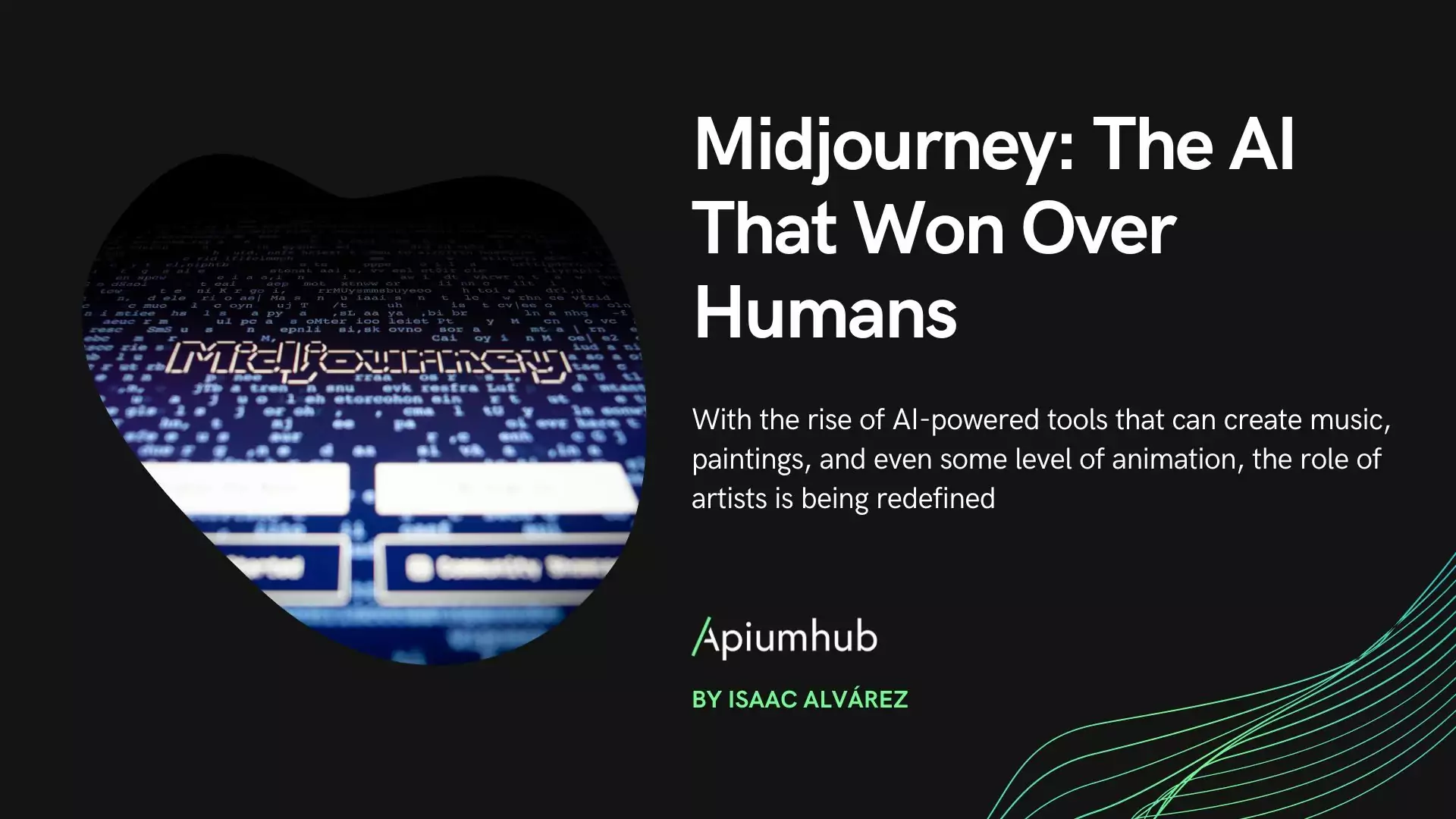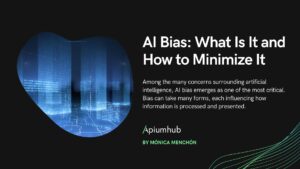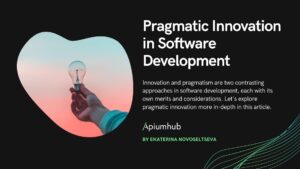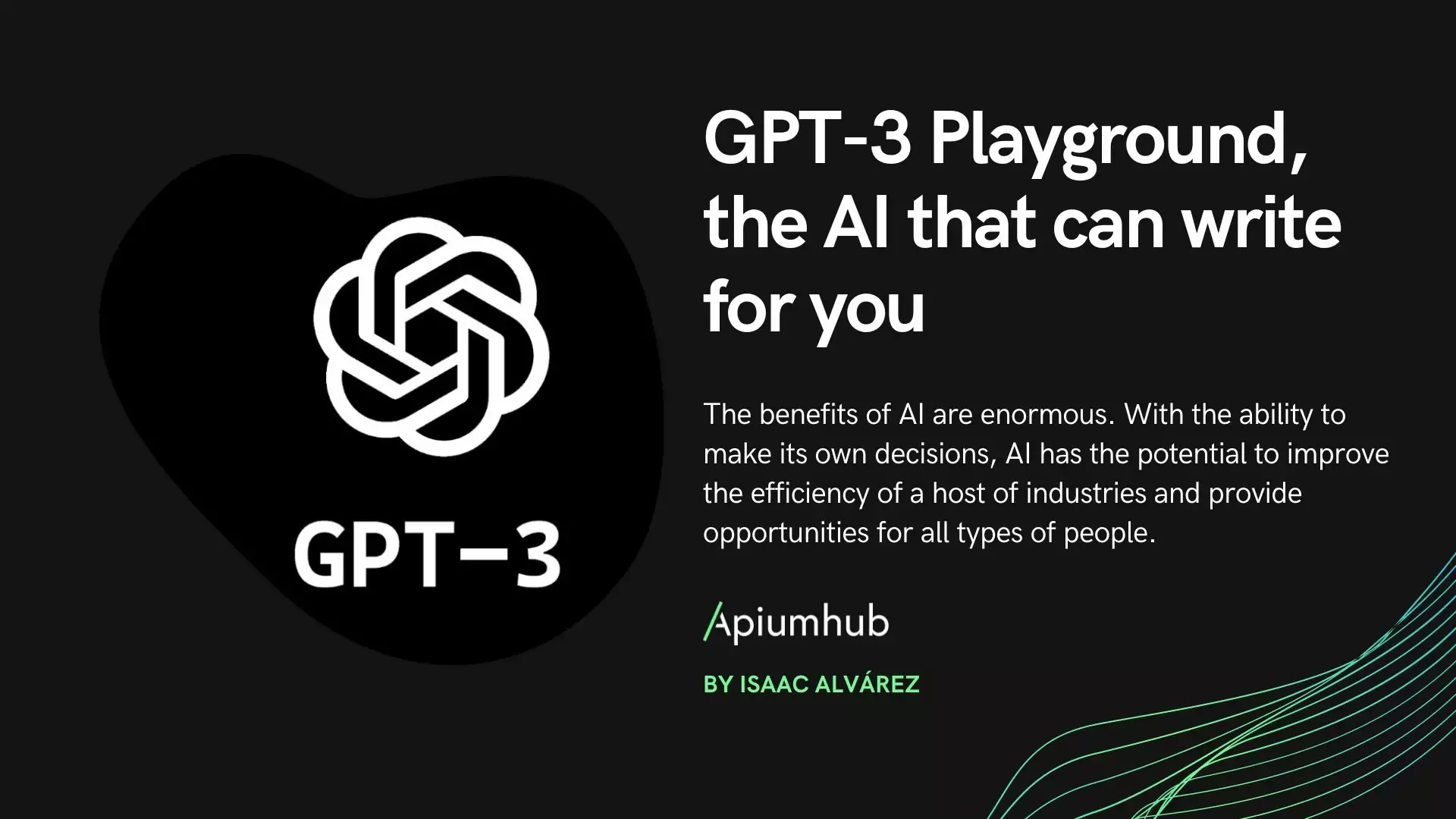Table of Contents
As a person who loves to discover new trends and opportunities, I decided to write an article about disruptive technology & innovations to have an idea of what to expect in the upcoming years.
Digital technologies continued its disruption to industries. Let’s discuss what disruptive technology & disruptive innovation is.
WHAT IS DISRUPTIVE TECHNOLOGY or DISRUPTIVE INNOVATION?
One of the keys to any successful business is being able to come up with new ideas to keep operations, products and services fresh. The process of bringing those ideas to reality is called innovation. But disruptive innovation is one step further, the theory of disruptive innovation was introduced in 1995 and was proved to be a powerful way of thinking about innovation-driven growth. It was coined by professor, author and entrepreneur Clay Christensen.
Disruptive innovation is when new products or services start out at the bottom of the marketplace but end up displacing their competitors. According to Mr Christensen, it is an innovation that transforms an existing market or sector by introducing simplicity, convenience, accessibility, and affordability where complication and high cost are the status quo.
Initially, a disruptive innovation is formed in a niche market that may appear unattractive or inconsequential to industry incumbents, but eventually the new product or idea completely redefines the industry.
Example of disruptive technology can be the mass-produced automobile. It is a disruptive innovation, because it changed the transportation market. It basically replaced horses.
In other words, a disruptive innovation is an innovation that creates a new market and value network and eventually disrupts an existing market, displacing established market leading firms, products, services and alliances.
Normally, disruptive technology & innovations tend to be produced by “outsiders” and entrepreneurs, rather than existing market-leading companies. The business environment of market leaders does not allow them to pursue disruptive technology when they first arise, because all the processes in big companies are slower than in startups and normally huge companies even though they have a lot of money, they don’t have this fast and agile approach. It is not always like this, but if we look back at the history, most of the notable disruptive innovations were introduced by unknown people, people who lived their idea and who worked on it putting all enthusiasm to the project.
There are different types and names of disruptive innovation, disruptive technology. Let’s look at the most popular ones:
- “New market disruption” targets customers who have needs that were previously unserved by existing incumbents/ players.
- “Low-end disruption” occurs when the rate at which products improve exceeds the rate at which customers can adopt the new performance. Therefore, at some point the performance of the product overshoots the needs of certain customer segments. At this point, disruptive technologies may enter the market and provide a product that has lower performance than the incumbent/other players but that exceeds the requirements of the segments.
Agile: the world’s most popular disruptive innovation engine
In software, the scene is very different and dynamic. Over the last 20 years, systematic disruptive innovation software products has been developed, tested and implemented around the world on a large scale. All this rapid and successful growth is due to Agile methodology. Scrum, Kanban, Lean Startups, XP, Continuous Deployment, etc all this helps companies to develop high quality product with minimum risks in a short period of time to get feedback and move further according to customer’s needs and preferences. Agile really helps to catch the opportunity fast and deliver it to the market faster than others.
Competencies for disruptive innovation leaders
Now, when we know what is disruptive innovation, let me list you top competencies that most of disruptive innovators have.
- A Leapfrogging Mindset. Disruptive innovators require a mindset focused on leapfrogging – creating or doing something radically new or different that produces a significant leap forward. Disruptive leaders ensure that everything they do adds a completely new level of value to the market.
- Boundary Pushing. On the personal side, leaders who travel a lot and surround themselves with diverse people and entrepreneurs, continually expand their mindsets and creative problem solving abilities. On the strategic level, they continually push the limits of their teams, organizations, and partners.
- Adaptive Planning. Disruptive leaders manage incredible levels of uncertainty. Adaptive planning is an approach where action leads to results, leaders learn from the actions – results, and then we modify assumptions and approaches accordingly.
- Break the rules & write new ones. The word “normal” doesn’t exist in a disruptive leader’s vocabulary, once something has become normal, it’s probably obsolete. The market is constantly changing, and the aim is always to be at its forefront. Sometimes that means breaking the rules; indeed, disruptive leaders nurture a healthy skepticism of best practices.
- Open-minded. Leaders should be opened to explore new opportunities, technologies, tools, markets, etc. to evaluate where they have the most opportunity to succeed.
- Decisive. Even if some decisions involves “gut feels,” disruptive leaders need to tell their teams precisely what they want, when, and why, then help them to make it happen.
These are just some of them, which we consider to be the most important ones.
And the next list I want to share with you is a list with top disruptive technology trends we will keep a close eye on.
Examples of disruptive technology and innovations that may change the world
This list is our take, if you would like to add anything else or tell us an idea, please let us know here.
- The rise of intelligent automation
Worldwide spending on cognitive systems, which includes both cognitive applications and software platforms, will increase at a compound annual growth rate of 55%. With these systems in place, IT departments will be able to input information from which the system can learn and implement intelligently and efficiently. At the end, the idea is to replace all manual unnecessary tasks, jobs, that can be automated and focus more on creative, strategic part.
- Increase use of artificial intelligence
Big data has been a hot topic for several years. Data will continue to get bigger as more departments across the business digitize their operations. This will require IT departments to be able to support these enterprise solutions. AI can help efficiently and quickly analyze large sets of unstructured data. What’s more, AI systems can then retain this gained knowledge to make connections in future analyses.
- Industry 4.0
As more sensors come into the business, IT departments will need to consider how to support these devices and applications.
- Autonomous vehicles
Beyond the latest electric cars, and hybrid models, there were some new concept cars, for example autonomous vehicles, where interior design of the cars is based on the idea of having an office inside the car. The investment in autonomous vehicle R&D was huge and not just from Google and Tesla. Most of the large automotive groups are developing prototypes of this next generation cars. In the meantime taxi companies such as Uber don’t want to miss this opportunity and also work on self driving taxis. Safety, while still a concern, did not slow development as much as expected, so we might see some developments in what will be the one of the biggest disruptive potential technology in the logistics industries.
- Robotics
Recent years many companies started to work on robots for cooking. But not the ones, where you put the food, press the button, set the time and you get it ready by the time you put. These chef robots will offer to cook from more than 2.000 recipes, using more than 120 sensors and 20 motors. They will replicate the movement of human hands to stir, pour and check the temperature of a meal. Basically it will be a “hand made” food. Good option for people who doesn’t like to cook and for people who want to learn how to cook. They will basically have a chef at their house.
- Head transplant
Italian neurosurgeon Sergio Canavero hopes to perform the first head transplant on Russian citizen Valery Spiridonov, who suffers from Werdnig-Hoffman’s disease; a spinal muscular disease, which has left him wheelchair-bound. The procedure would require 150 medical staff, and would take place after test operations using brain-dead donors. Sergio will use VR and supposes that it will help him to succeed. Because of the difficulty of connecting the spinal cord, Mr Canavero has suggested improvements in the process using a special blade and polyethylene glycol, a polymer used in medicine as well as in everything from skin cream to the conservation of the Mary Rose, can help start growth in spinal cord nerves.
Other experts say Canavero is wildly optimistic, but we can at least expect improved ability to repair damaged spinal cords over the next decade, restoring body function to some spinal injury patients. Let’s see what happens, but it will be definitely a huge movement further in the medicine world.
- Merging cities to create a megapolis
China will begin merging together nine cities to create a megalopolis with a population of 42 million; the largest one in the world. Taking in Guangzhou with population of over 11.7 million and China’s tech capital Shenzhen with a population of 8.9 million, the region will eventually cover 40,000 square kilometres, basically the area of Switzerland.
- Sunscreen Pills
Now many companies work on a substitution for a sun cream; a pill. Protection against ultraviolet (UV) rays is a hot topic because of skin cancer’s high rate. Melanoma is the fifth most common cancer observed in men and seventh most common observed in women. This is partly due to not applying the sunscreen lotion. Many doctors suppose that the pill might motivate more people to take them and do something in terms of UV.
- Skype Translator
Internet really connected us all and gave us unlimited opportunities to speak with people all over the world, however language was always a problem. So now, Skype’s artificial-intelligence-based translator eliminates the language barrier and lets us talk to anyone, anywhere, regardless of mother tongue language. Translator uses layers of machine-learning algorithms. So, when a user speaks, the A.I., drawing on millions of speech examples, analyzes the words and transcribes them into text. The A.I. is self-learning; the more it “hears” a regional accent or slang, the smarter it gets and the better it functions. For now, if I am not mistaken, callers can receive audio in eight languages and see transcripts in more than 50.
- Floating farms
The UN predicts there will be two billion more people in the world by 2050, creating a demand for 70 per cent more food. By that time, 80 per cent of us will be living in cities, and most food we eat in urban areas is brought in. So farms on the sea or lakes close to cities would certainly reduce food miles. So, how would they work: a new design by architect Javier Ponce of Forward Thinking Architecture shows a 24m-tall, three-tiered structure with solar panels on top to provide energy. The middle tier grows a variety of veg over an area of 51,000m2, using not soil but nutrients in liquid. These nutrients and plant matter would drop into the bottom layer to feed fish, which are farmed in an enclosed space. A single Smart Floating Farm measuring 350 x 200m would produce an estimated 8.1 tonnes of vegetables and 1.7 tonnes of fish a year.
And this is just one example, there are plenty of ideas of how floating farms should be designed and managed.
These are the examples of disruptive technology & innovations that we believe may change the world, change our habits, ideas, values and quality of life. I am sure that there are much more projects that worth to be mentioned, if you know some, feel free to share them with us in the comments section, we will be happy to study them!
If you are working on a disruptive project and you need help with software development, just let us know! We would be happy to know more about it!
We will be posting more articles about things to keep an eye on in terms of technology and innovation, if you are interested in it, we recommend you to subscribe to our monthly newsletter. Have a great day!
If you found this article interesting, you might like…
- Top business blogs to read
- Human-centered innovation
- Barcelona makes it to the top 5 of innovation hubs
- Top smart city projects to watch
- Blockchain technology: use cases, statistics, benefits, startups & events
- Barcelona; one of the best smart cities in Europe
- The era of unicorns
- Top 20 promising startups in Barcelona
- IOT projects that may change the world
Author
-
Ekaterina Novoseltseva is an experienced CMO and Board Director. Professor in prestigious Business Schools in Barcelona. Teaching about digital business design. Right now Ekaterina is a CMO at Apiumhub - software development hub based in Barcelona and organiser of Global Software Architecture Summit. Ekaterina is proud of having done software projects for companies like Tous, Inditex, Mango, Etnia, Adidas and many others. Ekaterina was taking active part in the Apiumhub office opening in Paseo de Gracia and in helping companies like Bitpanda open their tech hubs in Barcelona.
View all posts











One Comment
Chuck
There is another category that you need to add to your treatise and that is “free energy” which I believe will be the most disruptive technology coming into focus! Reportedly within 2 years ecat and suncell will be commercialized! Both energy sources produce clean energy and basically don’t have any fuel costs! How is that for being disruptive?
Say goodby and good riddance to fossil fuels, finally!